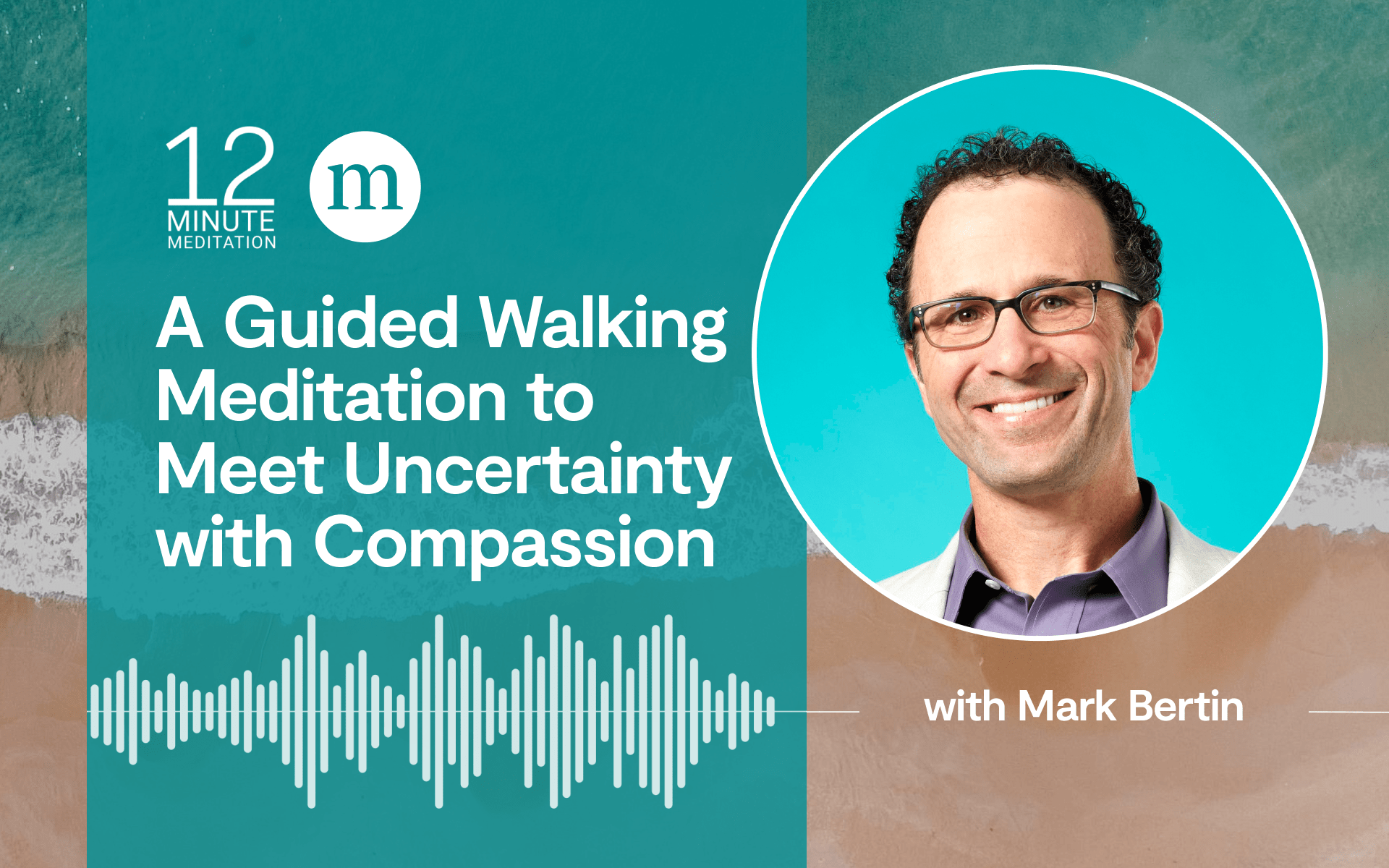In a time of crisis and uncertainty, compassion for everyone may feel even more difficult than usual. This doesn’t mean we should not engage in activism and assertively take care of ourselves, while practicing compassion. But since anger and conflict always generate more anger and conflict in the world, it’s beneficial to remind ourselves of other people’s perspectives along the way.
Any mindfulness practice includes compassion. We see our own challenges (like our utter inability to focus our mind where we want for long) with care and patience, instead of self-recrimination and frustration. And then, aiming to see with unbiased clarity how the world around us works, we can recognize that even the people we find difficult face many of the same, human challenges, and crave happiness and health in their own ways.
Loving-kindness practice means wishing someone well, like a friend; compassion means seeing their suffering and wishing them free of it.
Loving-kindness practice means wishing someone well, like a friend; compassion means seeing their suffering and wishing them free of it. These wishes aren’t meant to be forced, but to act as signposts for our best intentions. In other words, we cultivate them patiently, even if we don’t always quite get there. As Joseph Goldstein says, even knowing we will likely fall short of those intentions pretty often, how many people even try to live that way?
Traditionally, loving-kindness practice involves bringing various groups of people to mind and wishing them the same wishes we would for ourselves. The version that follows, as shown to me by Gina Sharpe, cofounder of New York Insight Meditation Center, is subtly different in structure: It guides us to develop a perspective of loving-kindness more gradually. With practice, we can take care of the world, take care of ourselves, and also stay in touch with the fact that all beings everywhere are driven by the same core wishes in life.
A Guided Loving-Kindness Practice for Difficult Times
A 17-Minute Loving-Kindness Meditation
1. Begin this practice by finding a comfortable and upright position. See if you can find a posture that portrays both dignity and strength, but let go of striving or tightness.
2. As you begin, you can focus initially on the feeling of each breath, noticing if you’re caught up in thoughts or emotions with a sense of kindness and patience. Then, come back to the breath.
3. Loving-kindness practice typically focuses on phrases that remind us of our best intentions. We’re not forcing ourselves to feel anything in particular or striving to change what we actually feel. So bring to mind a person, a child, or even an animal or a pet for whom you have unambiguous feelings. Picturing this other person or being, shift your awareness to a series of phrases that capture your wish that this person be free of suffering. That this person live a life of ease. Those phrases are often summarized as may you feel happy, may you feel healthy, may you feel safe, and may you live your life with ease.
4. There may be nothing you can actually do to change that person or being’s experience right now, but with an open heart, continue wishing them well.
May you be happy,
May you be healthy,
May you feel safe,
And may you live your life with ease.
5. And now, shifting your awareness to yourself, recognize how much stress you’re under, how much may feel out of your control right now, and also how much criticism we have for ourselves. Quite often, we may judge ourselves differently than the people we most care for. And see if you can bring the same care you did for the other child or being, or pet, or whoever came to mind for yourself right now—you deserve the same.
May I feel happy,
May I feel healthy,
May I feel safe,
May I live my life with ease.
Not wishing yourself better than anyone else in your life, but also not wishing yourself less. And if it feels like that’s easy right now, continuing on with wishes for yourself.
6. And then, if you like, instead bring to mind a good friend. Again, they could be anywhere in the world. There may be nothing literally you can do for them right now. But you can offer them the same wishes you just wished for yourself, wherever you are.
May you be happy,
May you be healthy,
May you feel safe,
And may you live your life with ease.
7. You can move your awareness next to someone we often refer to as a stranger or a neutral person. Somebody who works in your neighborhood or across town, or someone you might see once in a while. Bring that person, that being, to mind, and see if you can offer them the same wishes you did for a friend. Recognizing, whoever this person is, they have their own struggles. They have their own fears, their own need for safety, for food, for ease. So picturing the stranger, offer them the same well-wishes:
May you be happy,
May you be healthy
May you feel safe,
And may you live your life with ease.
8. Now, bring to mind a difficult person. It’s not the most difficult person that comes to mind for you, but someone challenging—you may not see eye to eye. Noting those wishes you had just now for someone you hardly know at all, see if you can wish the same for this challenging person. It doesn’t mean condoning anything they’ve done. It doesn’t mean you won’t take proactive action to take care of what needs to get taken care of in the world. But as you do, recognize that all beings need to and have the drive to be free of suffering.
May you be happy,
May you be healthy,
May you feel safe,
May you live your life with ease.
9. Often for this part of the practice, it may be easier to include yourself at the same time:
May we both be happy,
May we both be healthy,
May we we both feel safe,
And may we both live our lives with ease.
If ever this part of the practice becomes overwhelming or too stressful, it’s okay to come back to the breath or wishes for yourself.
10. For the last two minutes, expand your awareness out to all beings everywhere: to ourselves, to our friends and family, to strangers, to difficult people.
May all beings everywhere be happy,
May all beings everywhere be healthy,
May all beings everywhere feels safe,
And may all beings everywhere live their lives with ease.
11. And when you’re ready, you can open your eyes if they’ve been closed. Take a moment and then, with a sense of intention, choose when to get up and continue on with the rest of your day.
read more
A Guided Walking Meditation to Meet Uncertainty with Compassion
When we’re facing the unknown, our thoughts and emotions often go into overdrive and we lose sight of being kind to ourselves. Mark Bertin reminds us that we are not alone and offers a practice to work with uncertainty.
Read More
A 15-Minute Meditation for Patience and Resolve
Developing a sense of equanimity is difficult—even in the best of times. This guided meditation from Mark Bertin offers a quiet moment to be patient with ourselves as we navigate discomfort and uncertainty together.
Read More








